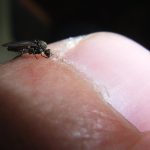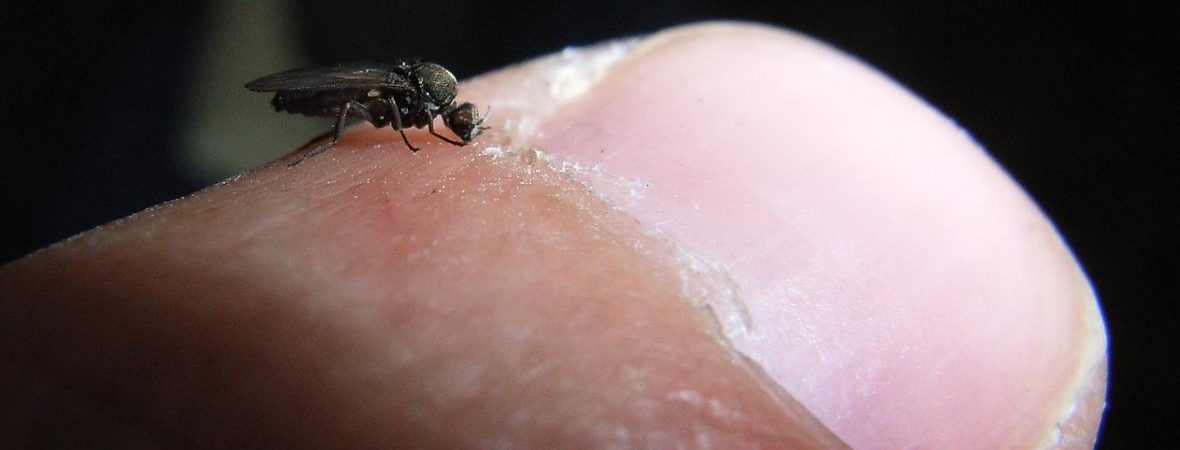 New research has warned that patients cured of visceral leishmaniasis can continue to infect others for years after successful treatment, which is hampering efforts to eliminate the disease.
New research has warned that patients cured of visceral leishmaniasis can continue to infect others for years after successful treatment, which is hampering efforts to eliminate the disease.
The most severe form of leishmaniasis, it is spread by the bite of certain types of sandflies and is potentially fatal if not treated. It can also cause fever, damage to the spleen and liver, and anaemia.
According to the study, published in Clinical Infectious Diseases, people who have been cured of the disease can continue to infect more people if they develop a skin condition called post-kala-azar dermal leishmaniasis (PKDL). PKDL affects around five to 10 per cent of patients cured of visceral leishmaniasis.
The research found that 60 per cent of people with PKDL passed the leishmaniasis parasite on to sandflies, enabling them to infect more people. It has highlighted that PKDL represents one of the central challenges to elimination of visceral leishmaniasis on the Indian subcontinent.
The researchers stated that great strides have been made in the control of visceral leishmaniasis on the Indian subcontinent but that PKDL must be addressed in order to sustain elimination and perhaps eventually to permanently interrupt transmission.
In the meantime, travellers concerned about the disease can partially prevent it by using nets treated with insecticide while sleeping, as well as using insect repellants, as insect bite avoidance is key. The disease is mainly found in tropical and subtropical regions, including Africa, Central and South America, Asia, and the Mediterranean region.
Source: ITIJ – International Travel & Health Insurance Journal

















